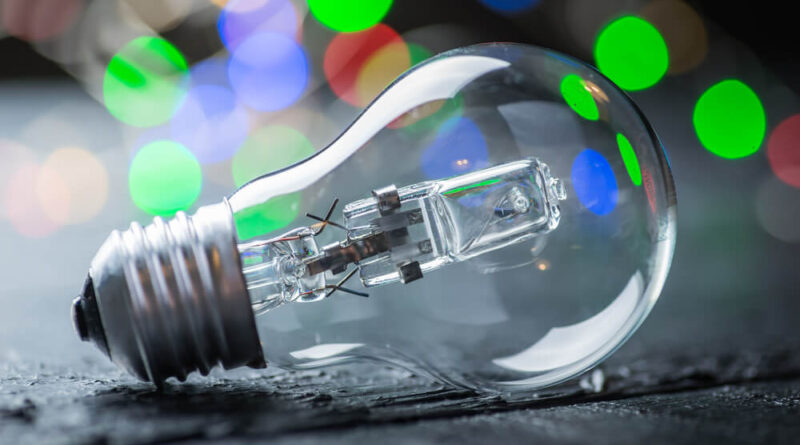Halogen bulbs have become a popular lighting solution, combining the traditional warmth of incandescent lighting with improved efficiency and longer lifespan. These bulbs contain a small amount of halogen gas that helps maintain their brightness throughout their life. I will explain their main characteristics and help you understand how they work, their benefits, and potential drawbacks.
Spis treści:
Basic Characteristics
Halogen bulbs operate on a principle similar to traditional incandescent bulbs but with one significant difference – they contain halogen gas. This gas creates a chemical reaction that redeposits evaporated tungsten back onto the filament, extending the bulb’s life and maintaining its brightness. The bulbs typically operate at a higher temperature than standard incandescent bulbs, producing a bright, white light that many people find appealing. They also offer excellent color rendering, making them popular in retail displays and home lighting where color accuracy is important.
Energy Consumption and Efficiency
When it comes to energy efficiency, halogen bulbs perform better than traditional incandescent bulbs but consume more energy than LED or CFL alternatives. A typical 60-watt equivalent halogen bulb usually consumes about 43 watts while producing the same amount of light. While this represents a 30% improvement over incandescent bulbs, it’s worth noting that LED alternatives might use as little as 9 watts for the same light output. The higher energy consumption also means higher operating temperatures, which can affect their use in enclosed fixtures.
Lifespan and Durability
The average lifespan of a halogen bulb ranges from 2,000 to 4,000 hours, significantly longer than traditional incandescent bulbs but shorter than modern LED alternatives. These bulbs maintain their brightness throughout their life, unlike some other lighting technologies that dim over time. However, they are sensitive to oils from human skin – even a small fingerprint on the bulb can create hot spots that may lead to premature failure. This is why it’s important to handle them carefully, preferably using gloves or a clean cloth during installation.
Light Quality and Applications
Halogen bulbs excel in producing crisp, white light with excellent color rendering properties. They reach full brightness instantly and are fully dimmable, making them versatile for various lighting applications. The color temperature typically ranges from 2800K to 3000K, providing warm white light that enhances the appearance of skin tones and interior decorations. These characteristics make them particularly suitable for task lighting, accent lighting, and applications where accurate color representation is crucial, such as in retail displays or art galleries.
Environmental Considerations
When considering environmental impact, halogen bulbs present both advantages and disadvantages. While they contain no mercury, unlike CFLs, their higher energy consumption results in a larger carbon footprint compared to more efficient alternatives. They are fully recyclable, but their shorter lifespan means more frequent replacement and disposal. The high operating temperature also means they contribute more heat to their surroundings, which might affect air conditioning costs in warmer climates or enclosed spaces.
